QC Pet Studies graduate Casey Bechard works as a full-time dog groomer and shop manager at Off The Leash Pet Grooming in Regina, Canada. Today, she gives a run-down of her top 4 most-asked questions!
When you’re a certified dog groomer, people ask you some pretty interesting questions. Clients can get creative with their questions, let me tell you that. I know when I first started, I didn’t really know how to answer or wouldn’t sound confident with some questions. But now that I’ve worked with hundreds of clients, I can answer them, no problem.
Check out these 4 common questions I get from my dog grooming clients all the time.
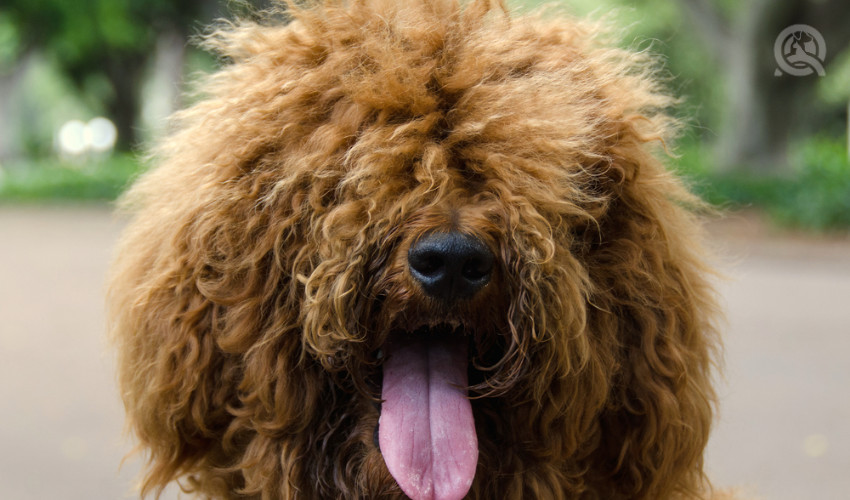
How can I tell when my dog needs to be groomed?
The answer is different for every dog. For dogs with fur that need regular haircuts, I would advise that if the hair is long and you feel knots and tangles in their fur, bring them for a groom as soon as you can. For other breeds, you may not see your dog’s eyes very well—that’s another major sign to bring them in for a groom. You just don’t want their fur length to be so fluffy that you can’t see any features on the dog (legs, eyes, tail, etc.). In those cases, they are likely very matted!
For dogs that shed a lot, if the dog isn’t groomed a lot from the start, you’ll notice a lot of hair falling out regularly. But if the dog is groomed every couple of months for a de-shed the dead hairs, the shedding should start to slow. Then, you can wait longer periods between grooms. The dog will obviously keep shedding, but our goal is to decrease the amount of loose hair in your house!
Why does my dog hate being groomed?
A fair amount of dogs do not like being groomed. Not every dog can sit like perfect angels! Most owners know how their dogs will act during a grooming session, but they’ll still ask when they switch to a new groomer.
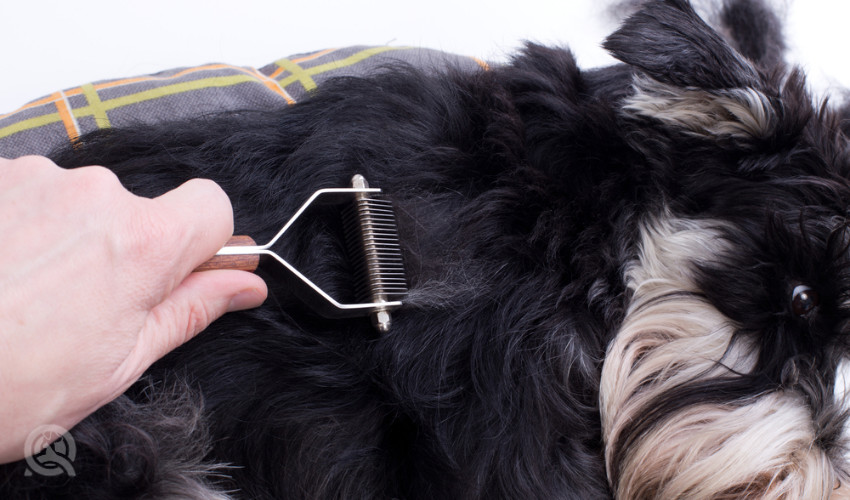
If I’ve never worked with your dog before, I wouldn’t know first-hand the dog’s prior experiences with grooming. So, I’ll ask you questions like…
- Has he had a bad experience before?
- Did another groomer accidentally cut him?
- How does he act after the grooming appointment at home?
All these questions will help give me an idea of where their dog’s dislike of grooms stems from. Give as much information to your dog groomer as possible. They’ll be able to work with the dog to give him some extra reassurance during the groom.
I groom a couple of dogs that I am still working on acclimatizing them to the dog grooming process. One of them, for instance, would not let me touch her legs the first time I groomed her. Now, she is starting to be more comfortable with me handling them and scissoring them. Be patient, it just takes a little time!
Can I shave my double-coated dog?
This has been a popular question lately. As a newbie groomer a couple of years ago, I didn’t really know how to answer this question.
Before attending a dog grooming academy, I would shave a Golden Retriever right down to the skin. I never really understood why they never looked good shaved or why it was such hard work to shave those coats. Now that I have graduated from a dog grooming course and have salon experience, I know why I should never shave double-coated dogs.
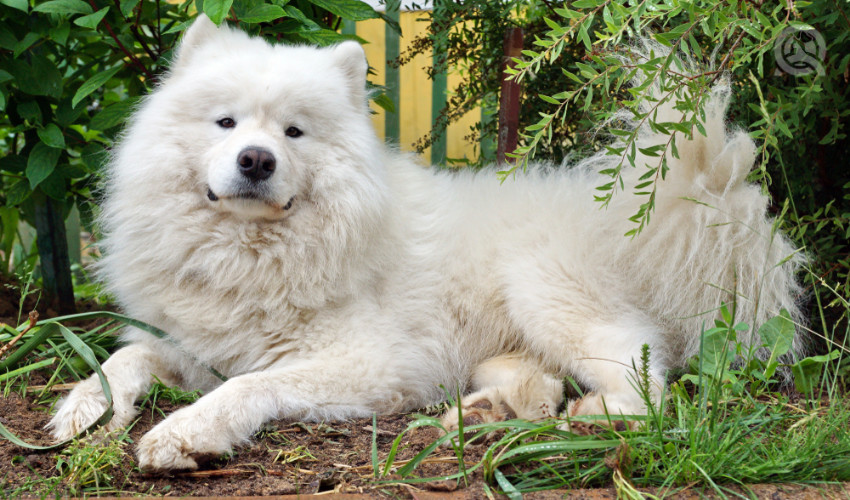
Double-coated dogs need their undercoat to protect them from the elements—both hot and cold weather. Once you take that protection away from them, they will be exposed to all the elements. Also, if you shave the undercoat, it might not grow back normally. It might grow in patches, be a different color, or won’t even grow back at all. I don’t think owners realize that.
Many dog owners believe their dogs are hot with all that fur when they actually need it to maintain a cool body temperature in the summer. So when someone calls about shaving their husky, I simply tell them that we do not shave down those dogs and explain why. Because of what I learned in my grooming classes, I am confident in my stance.
Instead, I will inform them of what we can do. We can do a dashed (brush them thoroughly) and trim up the rear, legs, belly, etc., but I won’t take a clipper to their dog.
Can you just leave the mats in my dog’s fur? I like the fur longer!
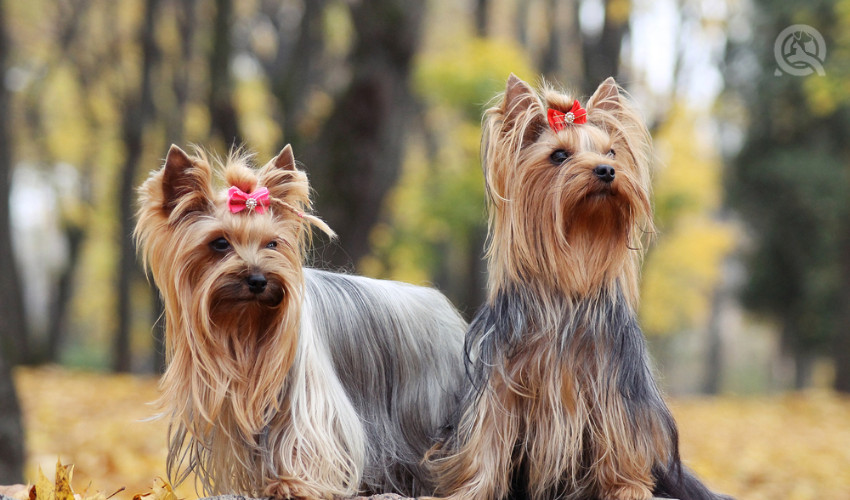
Mats are a big problem for many dogs. They are both uncomfortable when they’re present and also uncomfortable to shave out. Oddly enough, some clients have asked me to shave out the mats and keep the rest of the hair long. Well, it doesn’t really work like that.
If the dog has a coat that easily gets knotted, trust me, there will be knots hiding everywhere. You can’t really just shave those out! Sometimes, your dog may not want to be brushed out. So your only option is to start fresh.
The best solution to keep the dog comfortable and have a longer coat is to prevent mats from occurring. I tell dog owners that they will need to bring their dogs in more regularly for maintenance. It’s a lot of work, but if they really desire a longer coat, that’s what has to happen. It’s better to start fresh and have you come in for regular grooming instead of having me shave out all the little knots and mats.
Got a question we didn’t answer? Leave us a comment!
Not sure what coat type your dog has? Check out this quick guide to help you identify your dog’s coat!


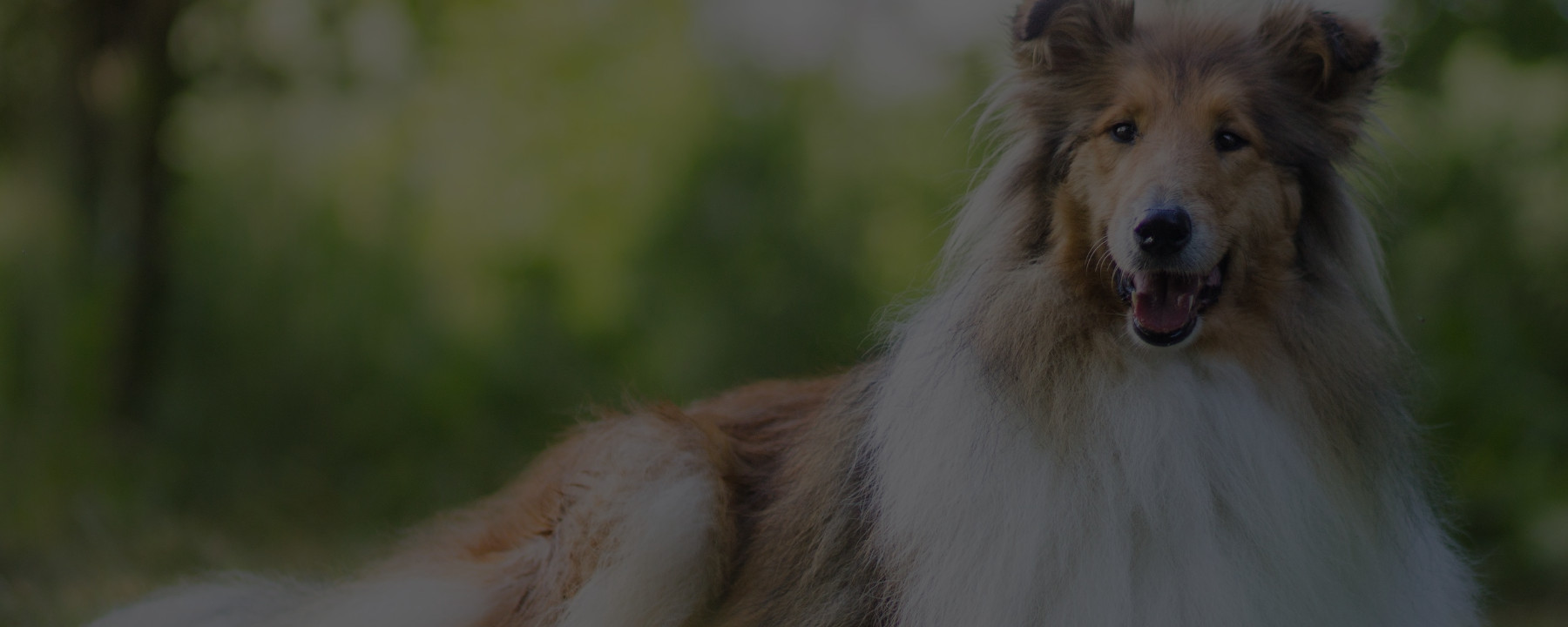

Hello, Thanks for sharing this details, I liked it and I have shared it
to my Facebook acount as well.
I had no idea that if you shave the undercoat it might not grow back properly. I would hate to take away that protection from my dog. I’ll make sure I’m careful when I shave her coat so that I only shave the first one.
Hi Randy, as Casey mentioned in her article, dogs with undercoats should not be shaved at all! You will not be able to clip the dog and avoid the undercoat. Instead, other grooming methods are employed to ensure the coat is healthy and clean!
Thank you for explaining that you should give your groomer as much information as possible so they can work well with them. We’re thinking about getting our dog groomed since he needs a trim around his face and rear, but he doesn’t tend to react well to grooming. We’ll be sure to pass on all of this information so that they can help him to feel comfortable.
Hi Olivia,
Thanks so much for taking the time to leave such a great comment! We’re so happy to hear that the information discussed in this article was so useful to you. 🙂 It’s absolutely true, and so simple – the more background, relevant info you can give your groomer prior to the groom, the better they’ll be able to not only handle your pup… But achieve the results you’re looking for! 🙂
Has your dog been to their groomer yet? If so, how did it go? We’re really curious to hear how it went, especially with regards to how they responded to the grooming process itself. <3
All the best,
The QC Team